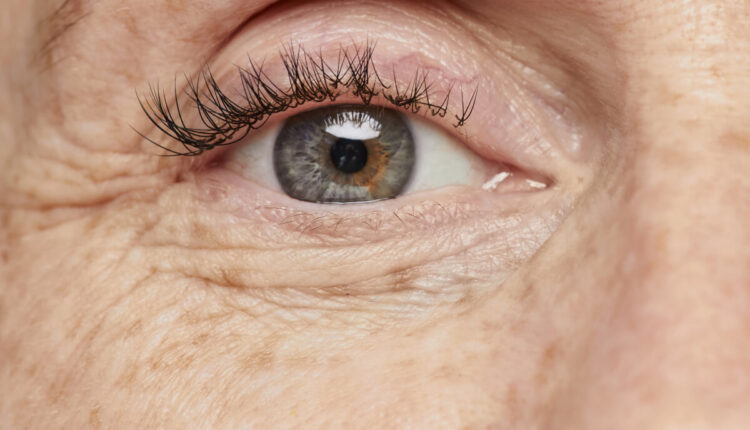Aging is something to take pride in—after all, it’s an adventure in personal growth that’s all your own. But have you ever wondered why some people look older than their years, while others seem ageless? Beyond genetics, external factors play a major role in how our skin ages.
One of the biggest culprits? Sun exposure—responsible for up to 80% of visible skin aging. So how does that show up on your skin? We spoke with Chiyoung Kang Park, ISDIN Medical Marketing Specialist, to explore how every fine line tells the story of a life well-lived. And above all, how you can help protect your skin.
Let’s dive in.
First, let’s talk sunlight
The sun gives us warmth and light—but it also emits energy in the form of solar radiation, which includes different types of rays across various wavelengths.
You’ve probably heard of the most well-known types: ultraviolet A (UVA) and ultraviolet B (UVB). But there are a few others that might not seem so familiar. All of these rays are closely tied to the aging process of the skin, especially with prolonged exposure.
Expert Tip: Of all the external factors that impact our skin—what we call the exposome—sun exposure speeds up aging more than any other. Learn more from Dr. Susana Puig.
Just what is photoaging?
Photoaging refers to skin aging caused by exposure to the sun. The prefix photo- means “related to light,” and in this case, we’re talking specifically about sunlight and other types of solar rays that aren’t visible.
Here’s how Park puts it: “Photoaging is the process where solar radiation accelerates visible signs of skin aging, like sun spots and fine lines.”
“Photoaging is the process where solar radiation accelerates visible signs of skin aging, like sun spots and fine lines.”
Here’s how it happens
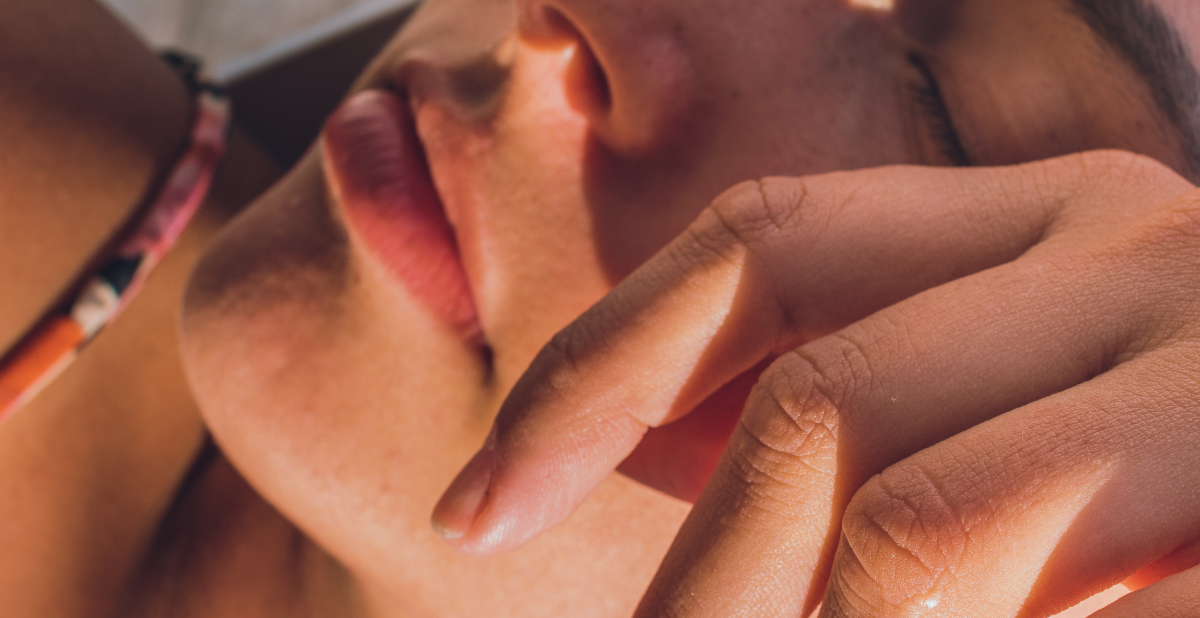
Park shares that while UVA rays are the main contributors to photoaging, UVB, blue solar light, and infrared also play their part. And each type impacts the skin differently:
- UVA rays: “These cause long-term damage like photoaging and even skin cancer,” says Park. “They penetrate deep into the skin and damage collagen, which leads to fine lines and wrinkles.”
- UVB rays: These mostly affect the outermost layer of the skin. “They’re mainly responsible for short-term damage like sunburn,” she adds. While they play a smaller role in photoaging, UVB rays are highly energetic—making them 20 to 1000 times more damaging than UVA rays.
- Solar blue light: Another type of high-energy visible light. While research is still ongoing, Park shares that “recent studies have linked solar blue light to dark spots and uneven pigmentation, especially in deeper skin tones.”
- Infrared radiation: Better known as the warmth you feel from the sun, emerging research shows that chronic exposure to high heat may contribute to fine lines, wrinkles, and uneven tone. It’s not a form of light exactly, but Park says it’s just as important. “Sometimes, it’s even referred to as thermal aging,” she shares.
When does photoaging start?
Aging is a natural (and inevitable) process. And it’s definitely not anything to be ashamed of. Over time, your skin slows down collagen and elastin production, which leads to a loss of firmness and elasticity. But can sun exposure speed that up?
According to Park, “Sun exposure can cause visible signs of aging to appear up to 20 years earlier.” While wrinkles are nothing to fear, why invite them to join the party sooner?
Can sun-damaged skin be repaired?
So, is it possible to reverse premature skin aging? Park’s answer gives us hope—and a clearer understanding of the process. To really understand what photoaging is, it’s best to first realize how it affects your skin.
Let’s look at the main signs of aging, the types of solar radiation that influence them, and the key ingredients that can help minimize them:
Fine lines and wrinkles
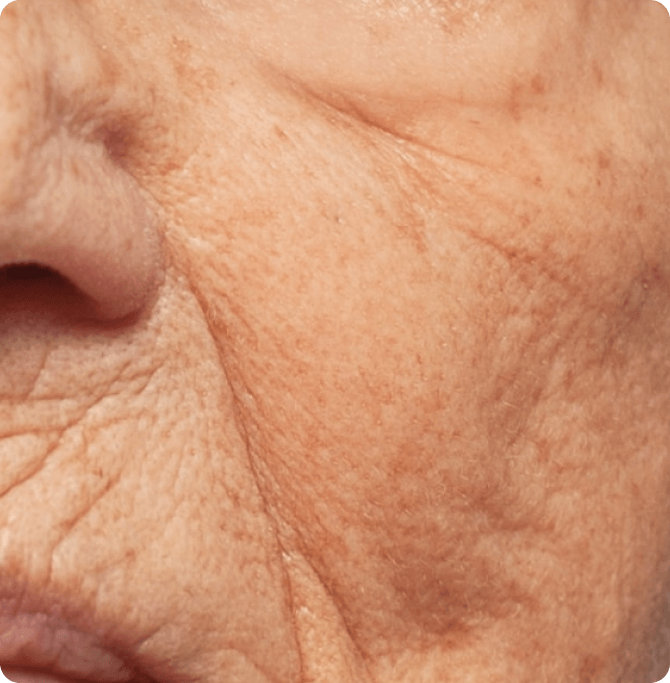
- Main contributor: UVA rays
- What happens: UVA radiation creates free radicals that break down collagen and elastin—the hero proteins that keep skin firm and elastic.
- How to fight back: Retinal (with an A) supports natural collagen levels and boosts skin renewal, helping to smooth and reduce the appearance of wrinkles.
Best pick: Retinal Advanced
Packed with retinal, melatonin, and bakuchiol, this nighttime serum helps renew, repair, and soothe your skin, so you wake up looking refreshed and radiant.
Dark spots and uneven skin tone

- Main contributors: UVB rays and blue light
- What happens: Their high-energy action can damage the outer layer of skin, sometimes leading to irregular melanin production. This can result in dark spots and uneven tone.
- How to fight back: With tranexamic acid and niacinamide. This duo targets dark spots to unify tone while soothing the skin.
Best pick: Melaclear Advanced
Formulated with tranexamic acid, niacinamide, and Spot Corrector Complex, this brightening serum helps visibly fade dark spots and promotes a more even, luminous complexion with continued use.
Dullness
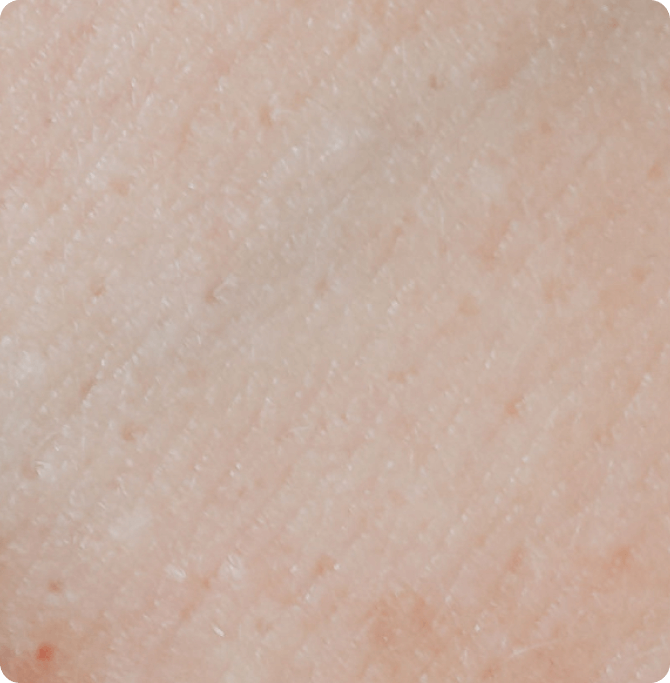
- Main contributors: Both UVA and UVB
- What happens: Long-term sun exposure without protection creates free radicals that damage the skin and make it harder for it to renew itself.
- How to fight back: Melatonin and vitamin C. This antioxidant power pair helps fight oxidative stress and rejuvenate skin, bringing out your natural glow.
Best pick: Melatonik®
The 3-in-1 formula containing melatonin, bakuchiol, and vitamin C stimulates natural antioxidant defenses and helps to restore vitality and elasticity, for radiant, healthy skin.
Loss of firmness
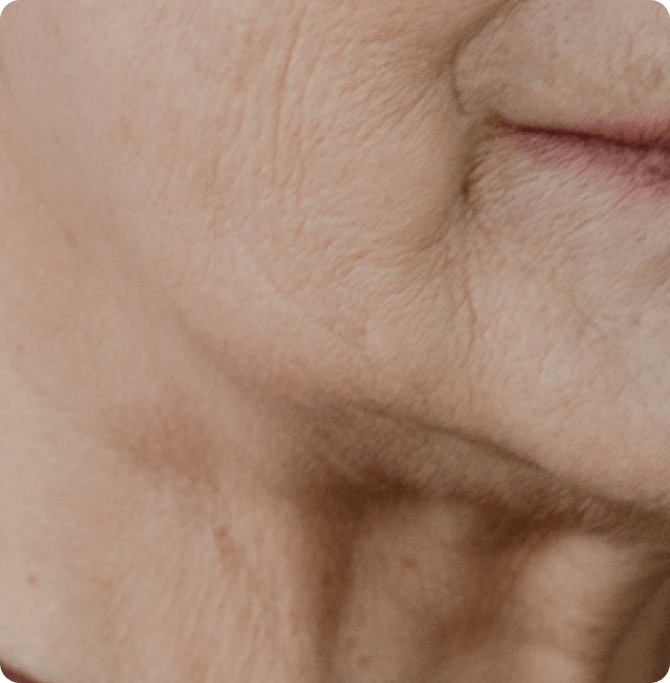
- Main contributor: UVA
- What happens: Just like with wrinkles, UVA rays reach deep into the skin and damage structural fibers.
- How to fight back: Peptides support skin structure to boost firmness and elasticity, while carnosine helps combat glycation and provides antioxidant protection.
- Best pick: Opt for a targeted moisturizer to help firm skin over time.
Sunscreen: the best photoaging protection
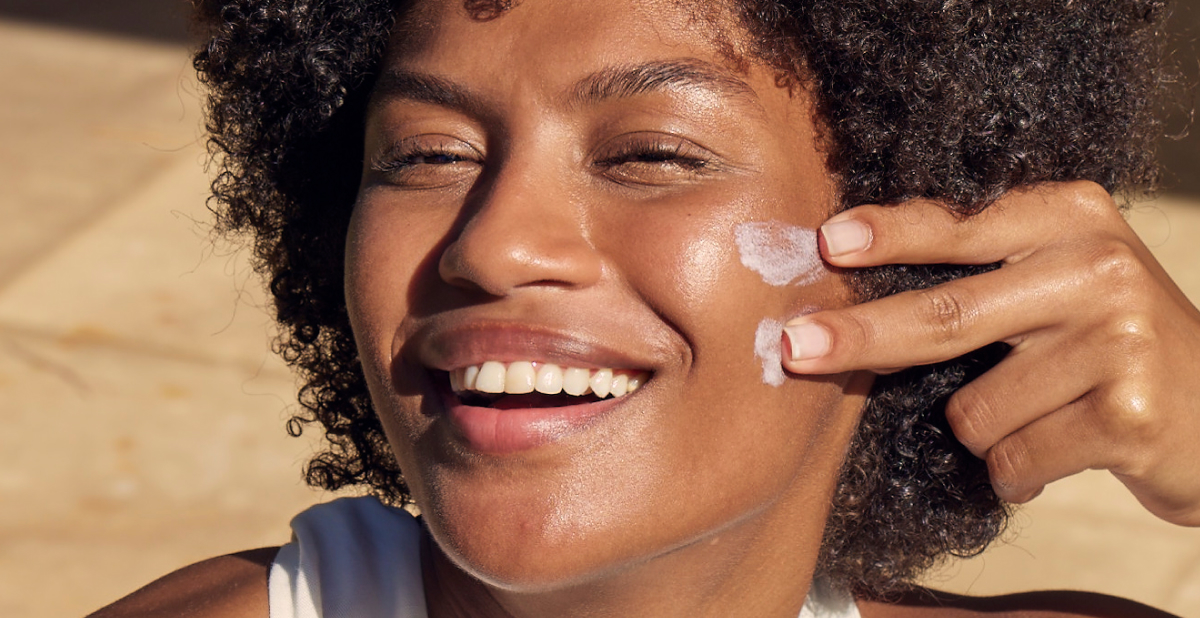
We’ve talked ingredients, serums, creams—even the UV rays you need to know. But at the heart of it all, fighting photoaging is really about protecting your skin from the sun.
It’s not about resisting time—it’s about embracing it while keeping your skin healthy. And when it comes to sun care, daily sunscreen is non-negotiable.
As the final step in your skincare routine, it locks in all your hard work, enhancing the benefits of earlier steps and minimizing how much the sun affects your skin. Some advanced formulas can even help repair past sun damage. What to look for? Park explains, “A high SPF broad spectrum or 360º formula with a nice texture.” Because after all, “the best sunscreen is one you actually want to apply—and reapply.”
ISDIN sunscreens are made to target specific phases of photoaging with antioxidants and expert ingredients. Working to keep it at bay? Turn to Fusion Water MAGIC. Want help repairing the signs of photoaging? Eryfotona Actinica or Eryfotona Ageless.
Sun protection habits: the sooner, the better
Can photoaging be prevented? If there’s one way to do it, it’s by protecting yourself. Park offers a few expert tips:
- Pay close attention to protecting sun-exposed areas like your face, neck, chest, and hands to reduce visible signs of photoaging.
- Follow the two-finger rule: use two strips of sunscreen from palm to fingertip to cover your face and neck. For the body, about two shot glasses is usually enough.
- Your lips can show signs of aging early, so make sure your lip balm has at least SPF 30.
- Avoid direct sun between 10 AM and 4 PM, when UV rays are strongest.
You’re right on track
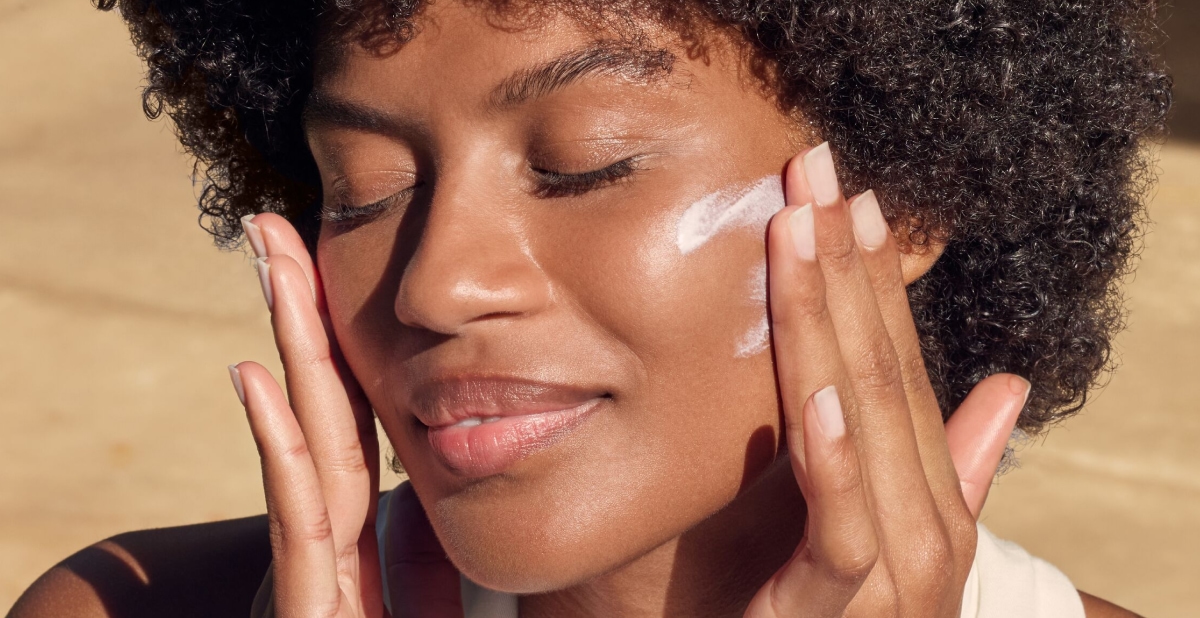
While photoaging might sound like a scientific term, keeping your skincare routine simple is always the best move. Pairing sunscreen with an antioxidant-rich regimen is a smart way to support smoother, healthier-looking skin at any age.
Protect your skin daily—and don’t let photoaging hold you back.
Sources and references:
1Flament et al. Effect of the sun on visible signs of aging in Caucasian skin. In Clinical, Cosmetic and Investigative Dermatology (2013); 6: 221-232.
Zhang, S., Duan, E. Fighting against Skin Aging: The Way from Bench to Bedside. In Cell Transplant (2018); 27(5): 729-738.
Naidoo, K., Birch-Machin, MA. Oxidative Stress and Ageing: The Influence of Environmental Pollution, Sunlight and Diet on Skin. In Cosmetics (2017): 4, 4.
Ahmad, R. Introductory Chapter: Basics of Free Radicals and Antioxidants. In Free Radicals, Antioxidants and Diseases (2018), IntechOpen
Kiefer, J. Effects of Ultraviolet Radiation on DNA. In Obe G., Vijayalaxmi (eds) Chromosomal Alterations (2007). Springer, Berlin, Heidelberg.
Pai, VV., Shukla, P., Kikkeri, NN. Antioxidants in dermatology. In Indian Dermatology Online Journal (2014) Apr-Jun; 5(2): 210-214.


